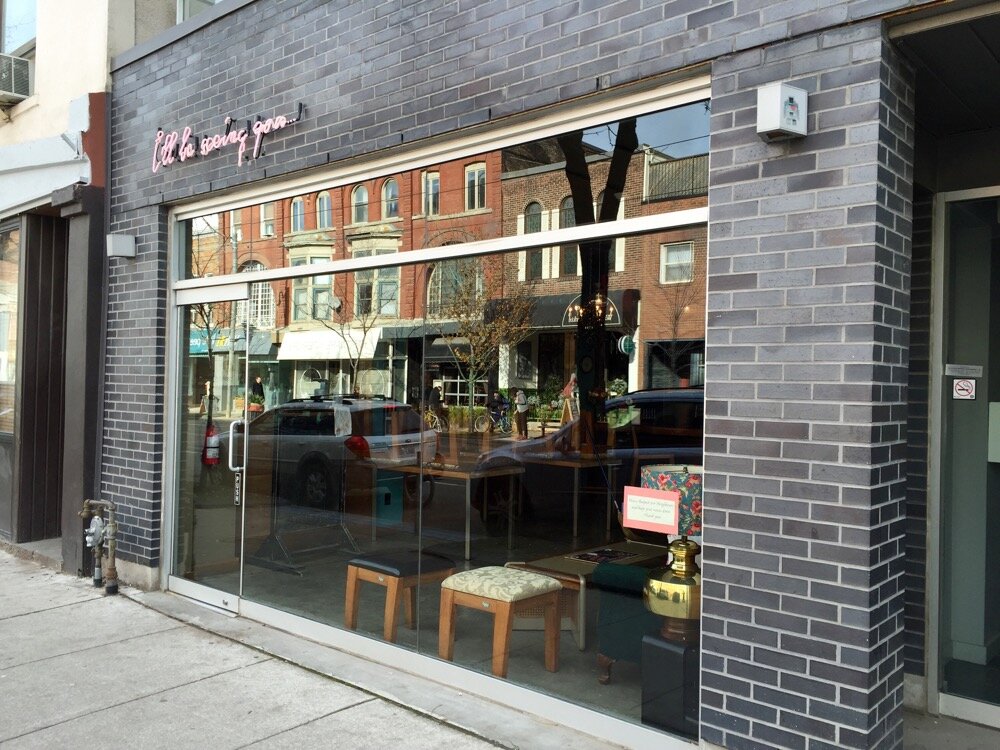The Laneway Project wants you to love Toronto's back alleys
/Could Toronto laneways become something greater than a place to play ball hockey and park cars? / The Laneway Project
Toronto has more than 2,400 public laneways totalling 250 km that are often underused and neglected. Frankly, they really aren't given much thought. Now, a not-for-profit group of urban planners and designers, called The Laneway Project, has launched an innovative initiative that aims to fundamentally change the city’s relationship with Toronto's lonely back streets.
Taking a page from cities such as Melbourne, Seattle and Chicago, where alleyways are seeing rejuvenation through new shops, cafes and pedestrian zones, the organization sees potential to transform the underused laneways of Toronto into safe, vibrant spaces where people could live, work and play instead of just simply entering and exiting.
The Laneway Project is working with local businesses, residents and municipal partners on a number of laneway projects around Toronto.
One idea of The Laneway Project is to cut out sections in the laneway surface and fill them in with hardy plants to create strips of green. The strips would absorb rainwater, allowing water to drain more efficiently. The puncture is a minimal infrastructure intervention, the plants would be cared for by local residents as a way to reinvigorate laneways, turning them into visually pleasing green spaces.
Another seemingly small idea with big implications is to put names to otherwise unmarked laneways. Doing so means they'll be more likely to be recognized by city officials, delivery and other services. An example of this idea in action is with a commercial laneway located near Eglinton and Dufferin called Reggae Lane, which was named to reflect the neighbourhood’s rich music traditions. Running in the east-west direction, with a number of independent, unique businesses on the north side and residences to the south, it's seen some improvements with support to create a venue for public gatherings, installing patios and creating green space. It can also provide residents with a much needed place to escape the busy streets, in an area with a low amount of outdoor public space.
Named laneways feel more like real places, but they are also more likely to be recognized by delivery companies and, most importantly, the emergency services. "That's one of the things were planning to do at the Laneway Project, to create a guide for communities to name their laneways," says Cancelli. Without a proper address, laneway buildings have to be approved as rearward additions to existing structures, which can prove legally problematic.
The Laneway Project encourages involvement through volunteering or fundraising on projects. They've even developed the Toronto Laneway Manual, a handy resource to help communities bring their laneways to life.
Discover more about The Laneway Project.




